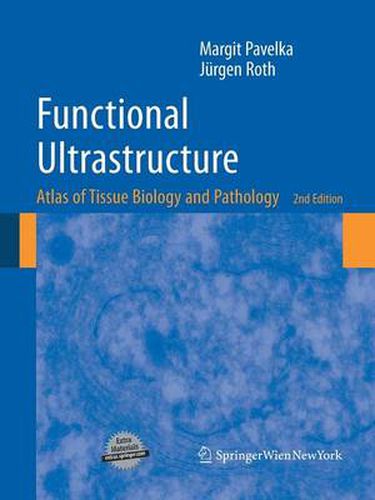Readings Newsletter
Become a Readings Member to make your shopping experience even easier.
Sign in or sign up for free!
You’re not far away from qualifying for FREE standard shipping within Australia
You’ve qualified for FREE standard shipping within Australia
The cart is loading…






This title is printed to order. This book may have been self-published. If so, we cannot guarantee the quality of the content. In the main most books will have gone through the editing process however some may not. We therefore suggest that you be aware of this before ordering this book. If in doubt check either the author or publisher’s details as we are unable to accept any returns unless they are faulty. Please contact us if you have any questions.
The period between 1950 and 1980 were the golden unique insights into how pathological processes affect years of transmission electron microscopy and produced cell organization. a plethora of new information on the structure of cells This information is vital to current work in which that was coupled to and followed by biochemical and the emphasis is on integrating approaches from functional studies. TEM was king and each micrograph proteomics, molecular biology, genetics, genomics, of a new object produced new information that led to molecular imaging and physiology and pathology to novel insights on cell and tissue organization and their understand cell functions and derangements in disease. functions. The quality of data represented by the images In this current era, there is a growing tendency to of cell and tissues had been perfected to a very high level substitut e modern light microscopic techniques for by the great microscopists of that era including Palade, electron microscopy, because it is less technically Porter, Fawcett, Sjostrand, Rhodin and many others. At demanding and is more readily available to researchers- present, the images that we see in leading journals for This atlas reminds us that the information obtained by the most part do not reach the same technical level and electron microscopy is invaluable and has no substitute.
$9.00 standard shipping within Australia
FREE standard shipping within Australia for orders over $100.00
Express & International shipping calculated at checkout
This title is printed to order. This book may have been self-published. If so, we cannot guarantee the quality of the content. In the main most books will have gone through the editing process however some may not. We therefore suggest that you be aware of this before ordering this book. If in doubt check either the author or publisher’s details as we are unable to accept any returns unless they are faulty. Please contact us if you have any questions.
The period between 1950 and 1980 were the golden unique insights into how pathological processes affect years of transmission electron microscopy and produced cell organization. a plethora of new information on the structure of cells This information is vital to current work in which that was coupled to and followed by biochemical and the emphasis is on integrating approaches from functional studies. TEM was king and each micrograph proteomics, molecular biology, genetics, genomics, of a new object produced new information that led to molecular imaging and physiology and pathology to novel insights on cell and tissue organization and their understand cell functions and derangements in disease. functions. The quality of data represented by the images In this current era, there is a growing tendency to of cell and tissues had been perfected to a very high level substitut e modern light microscopic techniques for by the great microscopists of that era including Palade, electron microscopy, because it is less technically Porter, Fawcett, Sjostrand, Rhodin and many others. At demanding and is more readily available to researchers- present, the images that we see in leading journals for This atlas reminds us that the information obtained by the most part do not reach the same technical level and electron microscopy is invaluable and has no substitute.